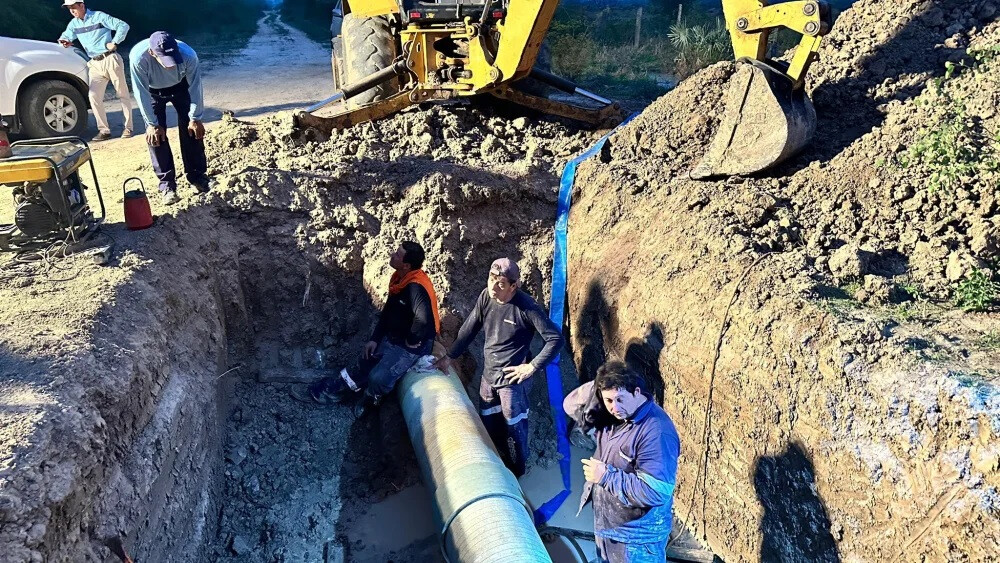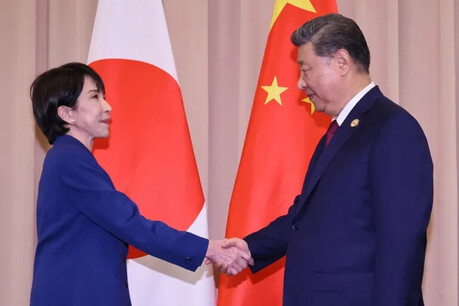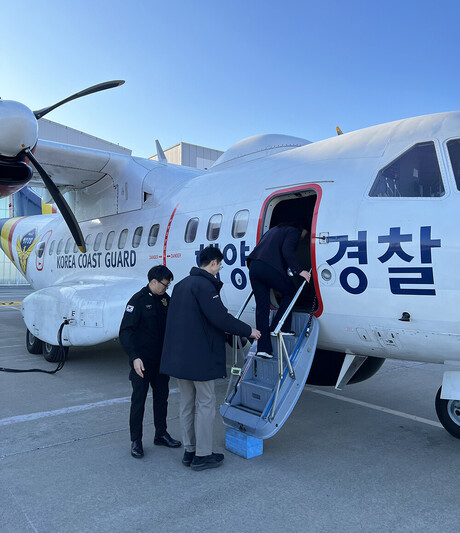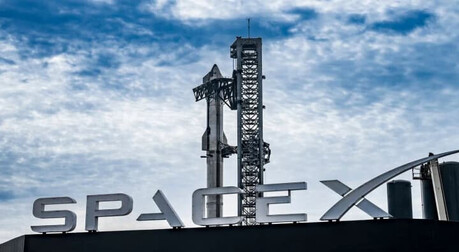
On Tuesday, March 18, 2025, the first phase of the Chaco Aqueduct in Paraguay was officially reactivated, having been out of service since December 23, 2022. Luis Fernando Bernal, president of the Paraguay Sanitary Services Company (Essap), hailed the event as a turning point: “We’re not just restoring the flow of water permanently; we’re also opening the door to hope, growth, and development for an entire community.”
The massive infrastructure project, costing $130 million (approximately 1.7 trillion Paraguayan guaraníes), took a decade to build. Initially inaugurated in 2020 under the administration of Mario Abdo Benítez as a “historic milestone,” the aqueduct quickly disappointed residents of Central Chaco due to structural failures, sporadic water supply, and an inability to operate 24/7, leading to its shutdown in late 2022.
Efforts to Address a Troubled Legacy
Bernal emphasized a pragmatic approach: “We inherited this system, but instead of pointing fingers, we chose to move forward and find a lasting solution. It may not be the optimal service we’d have preferred, but President Santiago Peña is committed to ending the suffering of thousands of families in Central Chaco.” The reactivation followed eight months of intensive technical refurbishment, a feat Bernal credited to Essap’s dedicated team.
The restored Phase 1 spans approximately 203 kilometers, linking Puerto Casado to Loma Plata in Central Chaco. Filadelfia’s reservoirs are now filled with potable water, with plans to soon extend supply to Mariscal Estigarribia. For the first time in decades, indigenous communities like Pesempo’o—previously reliant on contaminated pond water or tanker trucks during droughts—will have uninterrupted access to clean water.
A History of Failure and Ongoing Challenges
Designed to address chronic water scarcity in Chaco and serve over 80,000 households (roughly 400,000 people), the aqueduct faced setbacks from the start. Launched in 2012, Phase 1 suffered from design flaws and substandard materials, resulting in frequent pipe bursts across a 90-kilometer stretch. By December 2022, operations ceased entirely. Despite being touted as “completed” by the Ministry of Public Works and Communications (MOPC), experts labeled it a “fundamentally flawed project.”
For this relaunch, Essap reduced water pressure to 3.8–4 bars and adjusted flow rates to 150–170 cubic meters per hour to minimize ruptures—far below the original target of 550 m³/h. New pumping stations were installed to enhance stability, but Phases 2 and 3 (extending to Filadelfia, Neuland, and Mariscal) remain inactive. Experts estimate an additional $15–50 million is needed to fully restore the system.
Regional Impact and Future Prospects
Chaco, covering 62% of Paraguay’s landmass, has long grappled with periodic droughts and water shortages. According to a 2023 UN OCHA report, 91% of households in the region lack access to safe water. This reactivation benefits approximately 90,000 people in Boquerón and Alto Paraguay, plus 123,000 in Presidente Hayes, marking a critical first step.
Bernal noted, “The water crisis in Chaco has been an unresolved issue since it was first raised in the Senate in 1999. We’re working with the government to find long-term solutions.” Meanwhile, Senator Orlando Penner proposed a $250 million private investment plan in 2024 to build an open canal, though the bill remains pending in Congress.
Conclusion
The reopening of the Chaco Aqueduct’s Phase 1 offers tangible hope to local residents, yet full resolution remains distant. Experts urge a comprehensive redesign, transparent funding, and accountability to ensure sustainability. Whether this water flow becomes a true “stream of life” for Chaco is a question that continues to draw attention.
[Copyright (c) Global Economic Times. All Rights Reserved.]





























